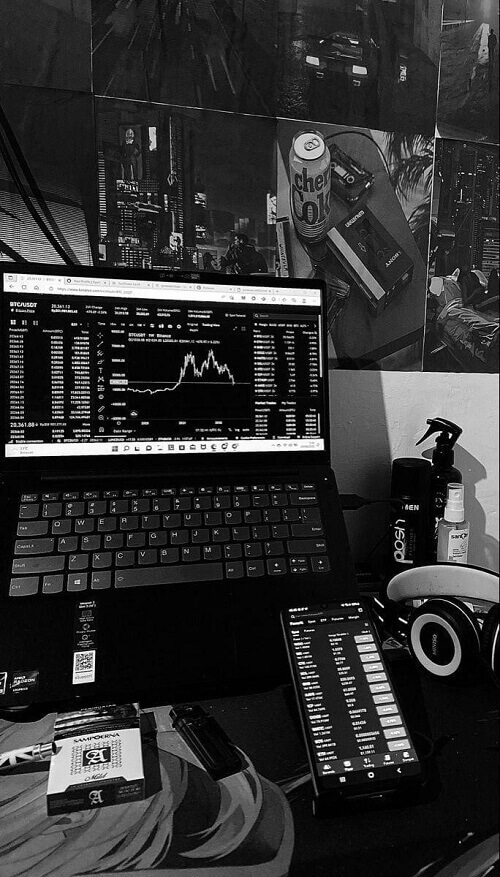Forex trading, or just trading foreign currencies, is like this ever-changing money game where SA forex brokers are the key players. To operate successfully in this market, traders employ an array of tools and concepts, with one crucial element being the “pip.”
A pip is a fundamental unit of measurement that plays a crucial role in understanding and trading forex. In this article, we will explore what a pip is, why it matters in forex trading, and how it is used in practice.
What is a Pip?
The term “pip” stands for “percentage in point” or “price interest point.” It is a standardised unit of measurement used to express the change in value between two currencies in the forex market. Pips are typically the smallest price movement that can be observed in the exchange rate of a currency pair.
In most currency pairs, a pip is equal to 0.0001. For example, if the EUR/USD currency pair moves from 1.1200 to 1.1201, it has moved one pip. In certain currency pairs, especially those involving the Japanese Yen (JPY), a pip is the second decimal place, so it would be 0.01.
Why Pips Matter in Forex Trading
Pips are a fundamental concept in forex trading for several important reasons:
- Precision: Forex trading often involves large sums of money, and even small price movements can result in significant profits or losses. Pips provide a precise way to measure and express these price changes.
- Risk Management: Traders use pips to set stop-loss and take-profit orders, which help manage risk and lock in profits. For instance, a trader might set a stop-loss order 50 pips away from their entry point to limit potential losses.
- Position Sizing: Pips are crucial for determining the size of a trading position. Traders calculate their position size based on the number of pips they are willing to risk and the size of their trading account.
- Profit Calculation: Pips are also used to calculate the profit or loss on a trade. When a trade closes, the difference in pips between the entry and exit points determines the profit or loss.
Practical Application of Pips
Here’s a simple example of how pips are applied in forex trading:
Suppose a trader goes long on the EUR/USD currency pair at an exchange rate of 1.1200 and then closes the position at 1.1300. In this case, the trader has gained 100 pips (1.1300 – 1.1200). If they had gone short and closed the position at 1.1100, they would have lost 100 pips (1.1200 – 1.1100).
In summary, pips provide a clear and standardised way to measure and communicate price movements in the forex market, making it easier for traders to analyse, manage risk, and calculate potential profits and losses.
Conclusion
Pips are the building blocks of forex trading, allowing traders to quantify and navigate the complex world of currency exchange rates. Understanding what a pip is and how it is used in practice is fundamental for anyone looking to engage in forex trading. Pips serve as a crucial tool for precision, risk management, position sizing, and profit calculation, making them an essential concept for forex traders to master.
Image Courtesy: Supplied
